How Meat Flattening Machines Revolutionize Meat Processing and Food Preparation
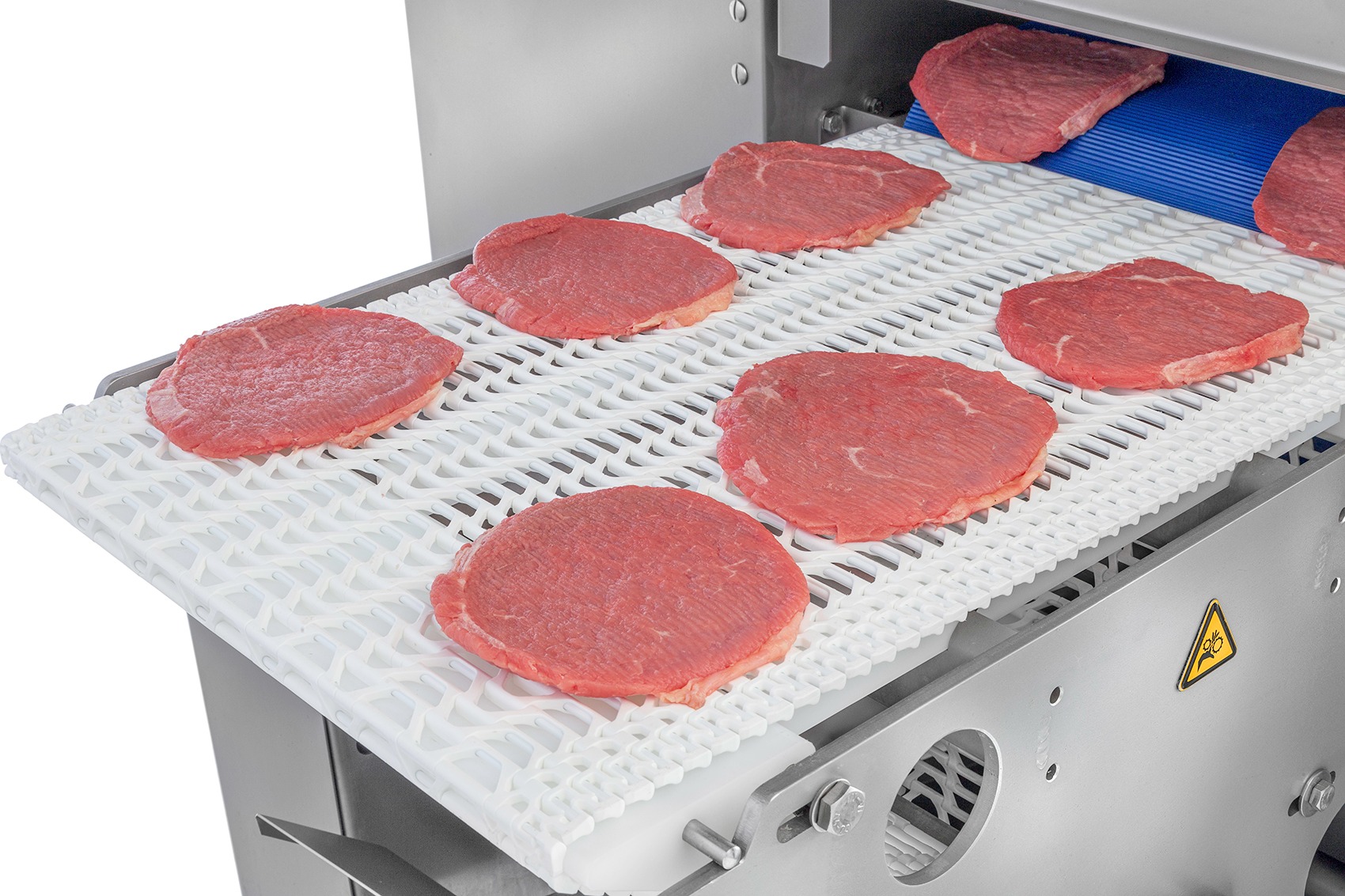
In the modern food processing industry, efficiency, consistency, and quality are key. One of the essential tools that plays a crucial role in achieving these factors is the meat flattening machine. Whether you are in a commercial kitchen, a butcher shop, or a meat processing plant, a meat flattening machine can enhance your operations by ensuring uniformity in meat cuts, improving cooking times, and optimizing storage and packaging processes.
This comprehensive guide will walk you through everything you need to know about meat flattening machines: from what they are, their key features, applications, and maintenance tips, to factors you should consider when buying one. Whether you’re looking to improve production efficiency or simply gain a better understanding of the technology behind these machines, this article will provide valuable insights.
What is a Meat Flattening Machine?
A meat flattening machine, also known as a meat tenderizer or meat roller, is a mechanical device designed to flatten or tenderize meat by passing it through a series of rollers, blades, or hammers. These machines are typically used to process tough cuts of meat by thinning them out to a more uniform thickness, which helps improve their texture and reduces cooking times. In some cases, the machine also breaks down the fibers of the meat, making it more tender.
Meat flattening machines can handle a variety of meat types, including beef, pork, chicken, and fish. They are commonly found in commercial kitchens, meat processing plants, and butcher shops, as well as in the food service industry where efficiency and consistency are vital.
How Does a Meat Flattening Machine Work?
Meat flattening machines work by applying pressure to meat to flatten it to a desired thickness. Here's a step-by-step breakdown of the process:
Loading the Meat
The meat is placed into the machine’s input section, typically on a conveyor belt or manually, depending on the machine’s design.Flattening Mechanism
Once inside the machine, the meat passes between rollers, hammers, or blades that exert pressure on it. These components are often made from high-quality stainless steel to ensure durability and resistance to wear and tear.Adjusting Thickness
Most meat flattening machines allow users to adjust the thickness of the meat by controlling the distance between the rollers or blades. This feature provides flexibility in preparing different types of meat or achieving specific portion sizes.Output
After the meat is flattened, it is discharged through an output section, ready to be packaged, cooked, or further processed. The flattened meat is usually more uniform in thickness, which allows for consistent cooking or marinating.
Types of Meat Flattening Machines
Meat flattening machines come in several variations to suit different needs and levels of production. These machines can be broadly classified into manual, semi-automatic, and fully automatic types. Below are the main categories:
1. Manual Meat Flattening Machines
- Description: These machines require manual operation, where the operator places the meat between the rollers and manually adjusts the settings.
- Best For: Small-scale butchers or home users who need a lower-cost, simple solution for tenderizing and flattening meat.
- Advantages: Cost-effective and easy to operate.
- Disadvantages: Lower throughput and requires more manual labor.
2. Semi-Automatic Meat Flattening Machines
- Description: These machines have automated rollers or hammers but require some level of human involvement, such as loading the meat or adjusting settings.
- Best For: Medium-sized butcher shops or food processing operations with moderate production volumes.
- Advantages: Increased efficiency compared to manual machines while maintaining flexibility.
- Disadvantages: Requires some human labor, and throughput is still limited compared to fully automatic machines.
3. Fully Automatic Meat Flattening Machines
- Description: These machines offer full automation, from loading the meat to unloading the flattened product. They are equipped with advanced sensors, controls, and automation technology.
- Best For: High-volume production environments such as large meat processing plants or factories.
- Advantages: High efficiency, consistent output, and minimal human intervention.
- Disadvantages: Higher initial cost and maintenance requirements.
Applications of Meat Flattening Machines
Meat flattening machines are versatile and can be used in various sectors of the food processing industry. Here are some of the primary applications:
1. Commercial Kitchens
In commercial kitchens, especially those that prepare large quantities of meat (e.g., restaurants, hotels), meat flattening machines are invaluable. They help reduce preparation time, create uniform portions, and improve the texture of tough cuts of meat, making them more appealing to customers.
2. Butcher Shops
Butchers use these machines to flatten meat for sale, ensuring uniform portion sizes that make packaging easier and more efficient. Flattening meat also improves its shelf life as thinner cuts can be stored more compactly.
3. Meat Processing Plants
Meat flattening machines are crucial in large-scale meat processing plants, where they are used to tenderize and flatten various cuts for further processing, such as marinating, breading, or freezing. These machines contribute significantly to speed and efficiency in high-volume environments.
4. Packaging and Storage
Flattened meat is easier to pack and store because it takes up less space, which is especially important in commercial operations. Meat flattening machines improve the overall packaging process and help optimize storage by creating more uniform portions.
5. Food Production and Manufacturing
In the production of pre-cooked meals, frozen foods, or other value-added products, meat flattening machines ensure that meat portions are uniform in size and shape. This consistency is key for ensuring even cooking and better overall product quality.
How to Choose the Right Meat Flattening Machine
When choosing a meat flattening machine, several factors must be considered to ensure you select the best option for your needs. Here are the key considerations:
1. Production Volume
- For small operations or home use, a manual or semi-automatic machine may suffice.
- For high-volume production, a fully automatic machine will provide the efficiency needed to keep up with demand.
2. Meat Type
Different types of meat require different processing methods. Ensure the machine you choose can handle the types of meat you intend to flatten, whether it's beef, pork, chicken, or fish.
3. Adjustability
The ability to adjust the thickness of the meat is important. Look for machines with adjustable settings that allow you to fine-tune the results based on the specific cut or recipe requirements.
4. Durability and Material
Choose a machine made from high-quality materials such as stainless steel, which is both durable and easy to clean. The machine should also have anti-corrosion properties to ensure a long service life.
5. Ease of Maintenance
Consider how easy it will be to maintain and clean the machine. Machines with removable parts and simple designs are often easier to maintain and service.
6. Price
While the price is an important consideration, it should not be the sole determining factor. Consider the machine's features, efficiency, and durability in relation to the cost. The cheapest option may not always be the best investment in the long run.
7. Safety Features
Ensure that the machine is equipped with essential safety features, such as emergency stop buttons, protective covers, and safety sensors to prevent accidents.
Maintenance and Care for Meat Flattening Machines
To ensure that your meat flattening machine operates efficiently and lasts for years, regular maintenance is crucial. Here are some tips for proper upkeep:
1. Regular Cleaning
Clean the machine after each use to prevent build-up of meat residue, which can lead to bacteria growth. Use warm, soapy water and a brush to clean the machine thoroughly.
2. Blade and Roller Maintenance
Blades and rollers are critical to the performance of the machine. Ensure they are sharp and well-maintained. Replace or sharpen them as necessary to maintain cutting precision.
3. Lubrication
Lubricate the moving parts of the machine to reduce friction and wear. Use food-grade lubricants to prevent contamination.
4. Inspection
Inspect the machine regularly for any signs of wear or damage. Check the belts, rollers, and motors for proper functioning and replace parts that show signs of deterioration.
5. Professional Servicing
Have the machine serviced by professionals periodically to ensure that it remains in optimal condition.
Conclusion
A meat flattening machine is a valuable asset for any operation that involves meat preparation. Whether you're running a butcher shop, a commercial kitchen, or a meat processing plant, investing in the right flattening machine can save time, increase efficiency, and improve the quality of your meat products. By understanding the types of machines available, their applications, and the maintenance requirements, you can make an informed decision that aligns with your production needs.
Remember, choosing a meat flattening machine involves balancing several factors such as production volume, the type of meat you process, and your budget. With the right machine, you'll enhance your operations and achieve better results in meat preparation and packaging.
If you’re ready to invest in a meat flattening machine, make sure to select a reputable supplier and choose a machine that meets your specific needs.
Must-Read Blogs For Chain Restaurants Owner

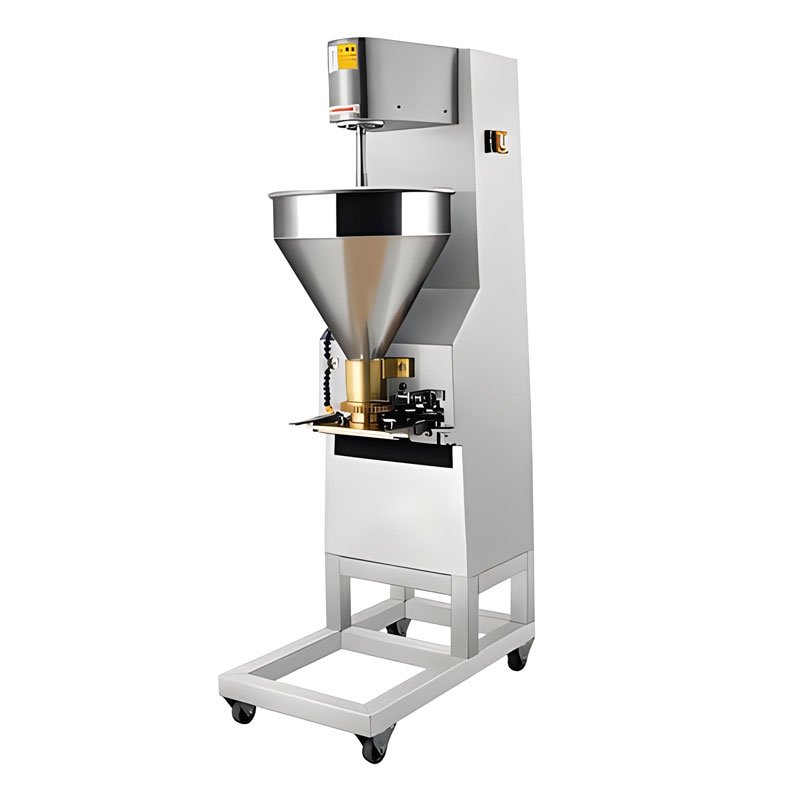
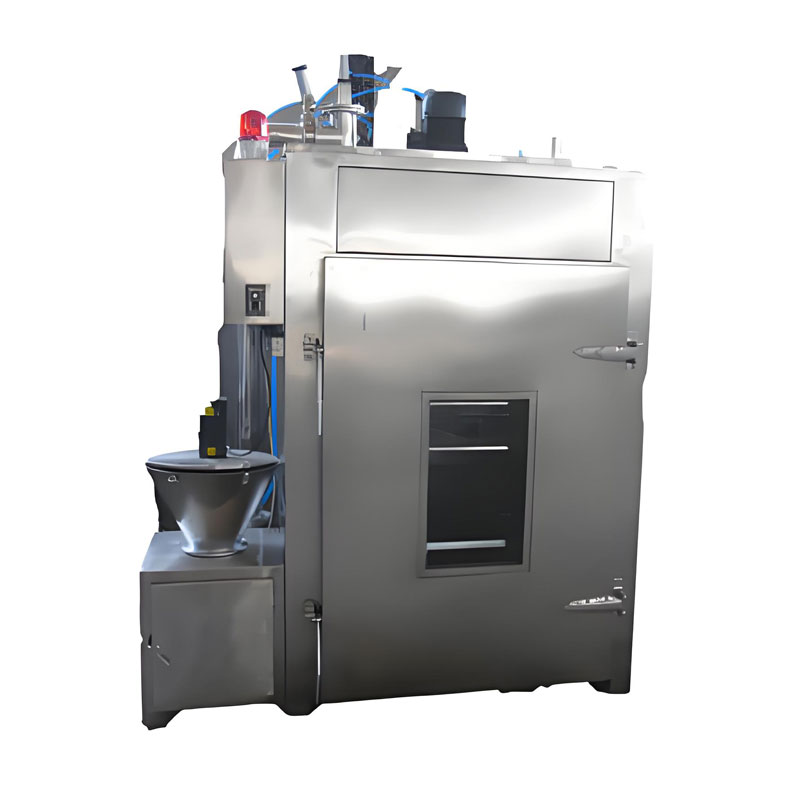
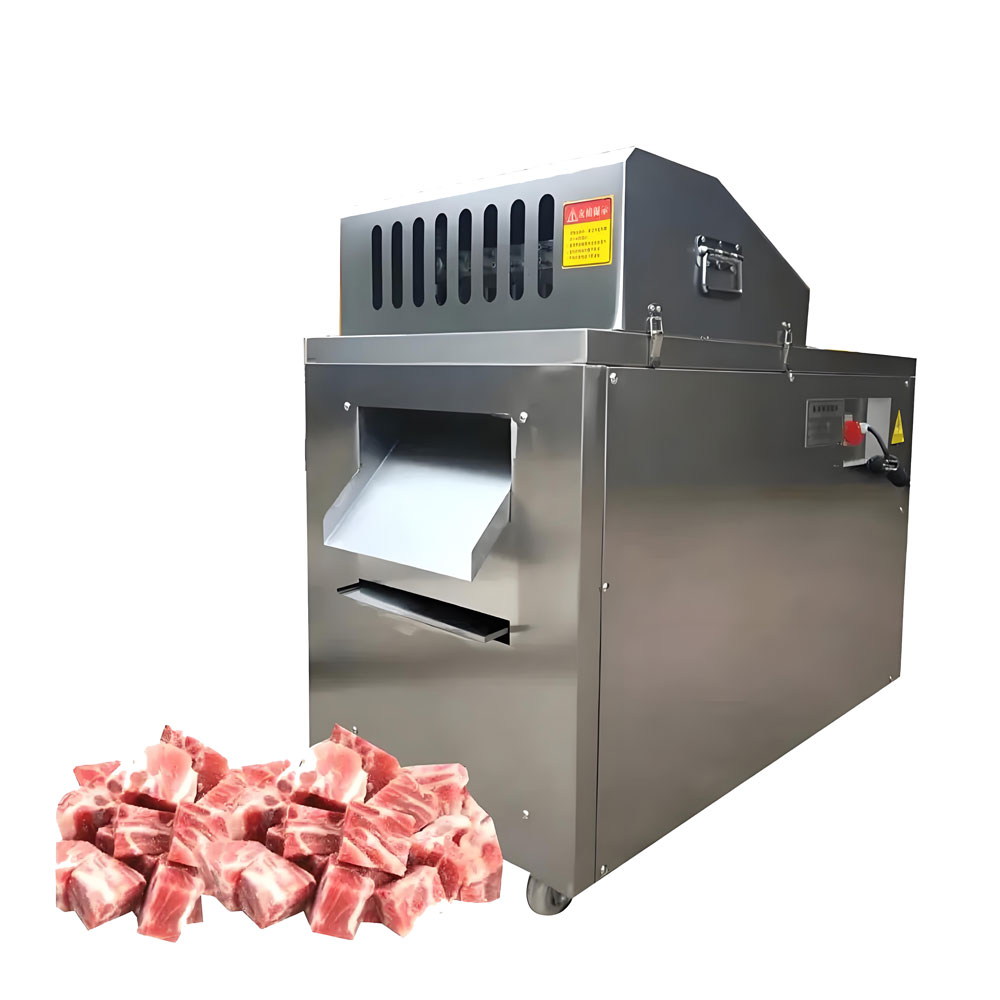
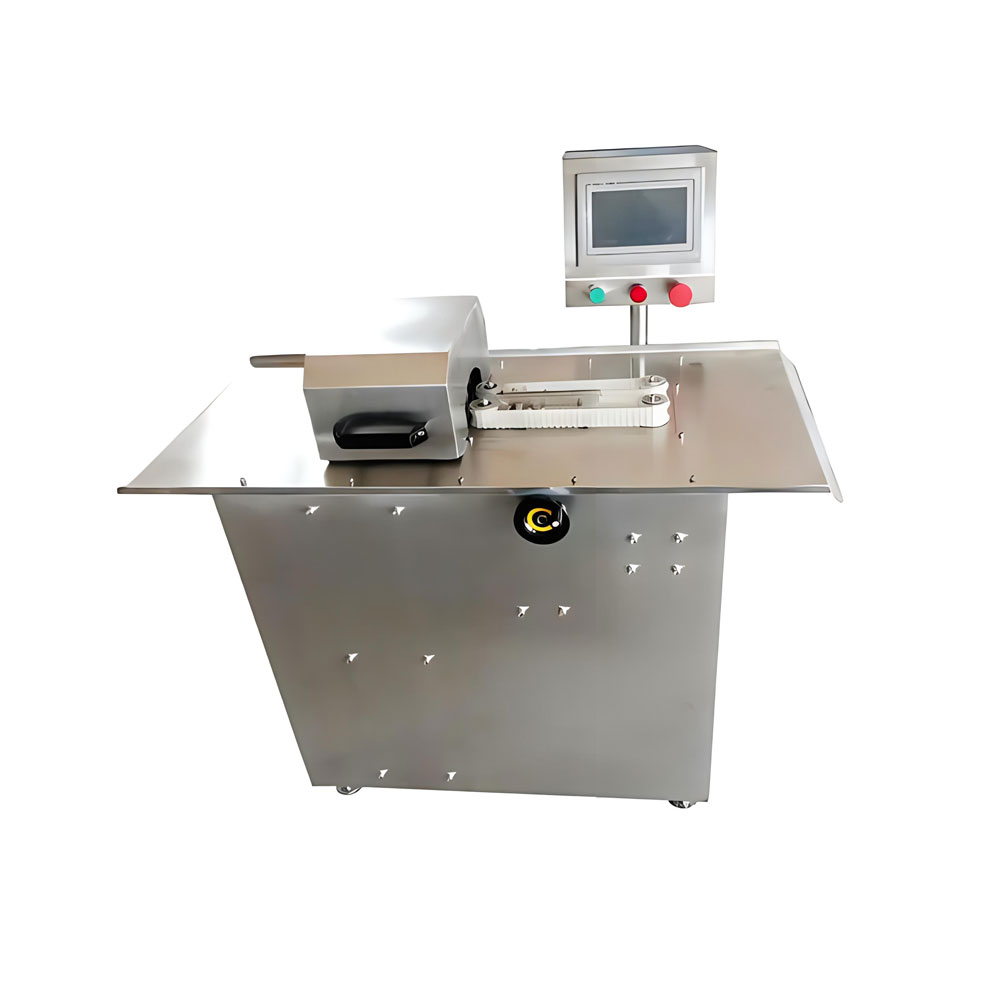
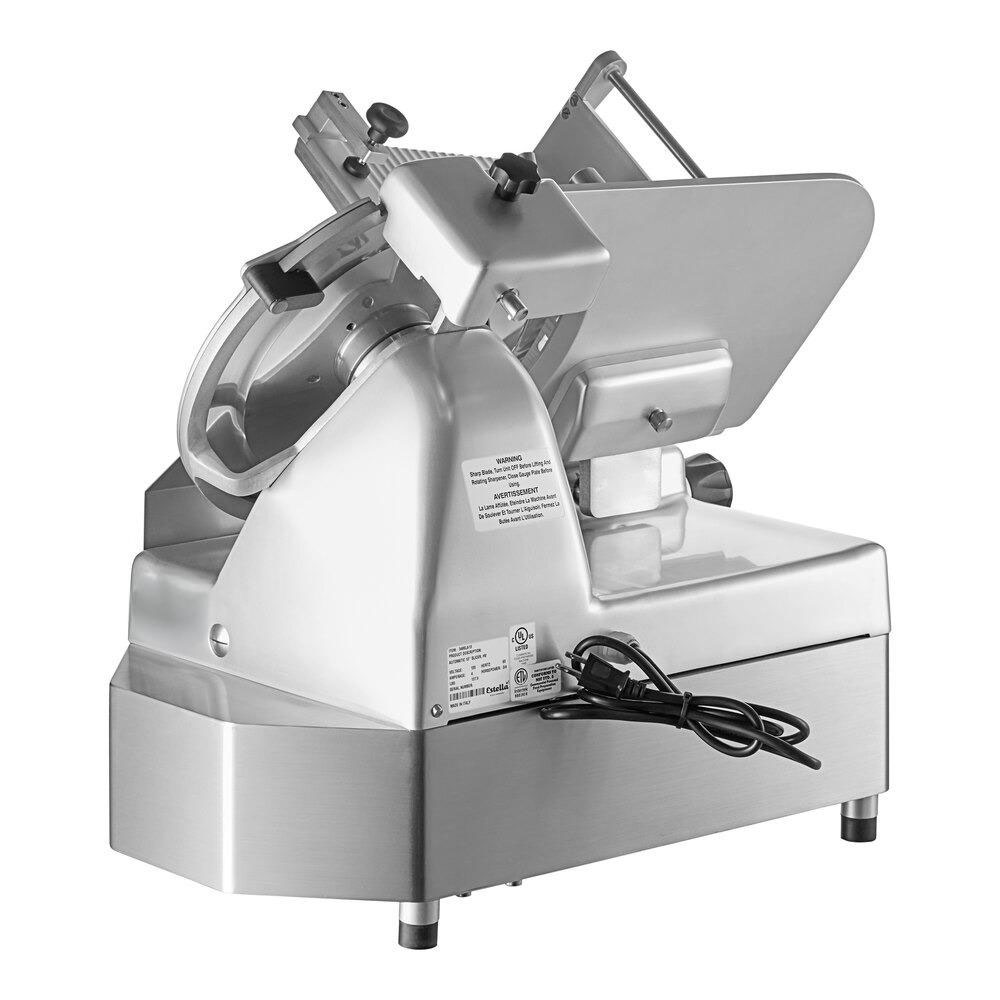
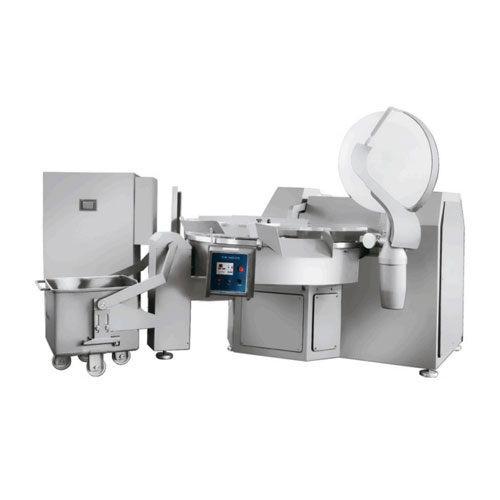
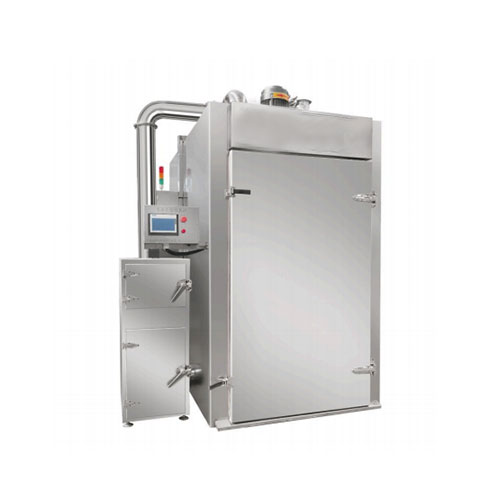
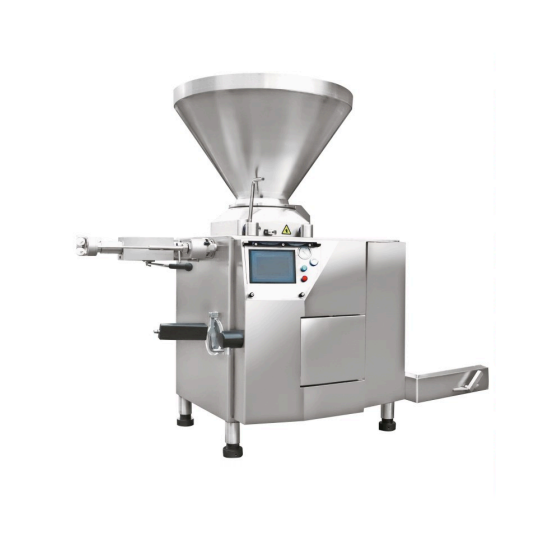
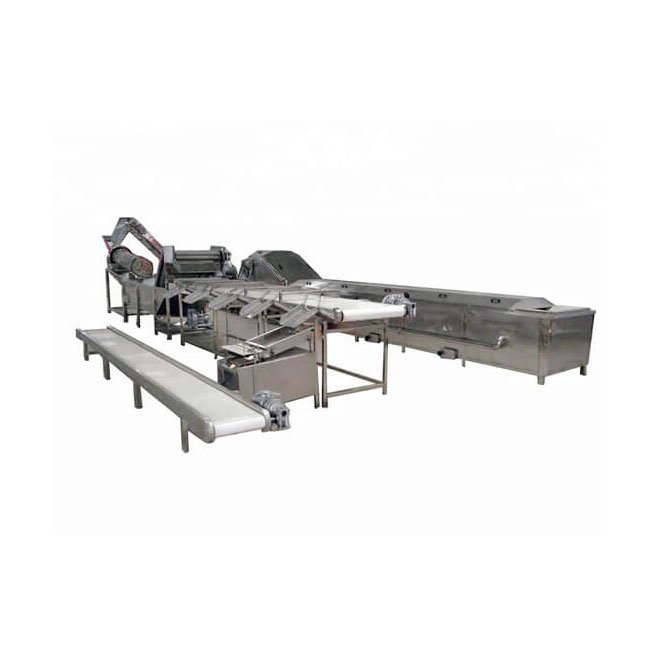
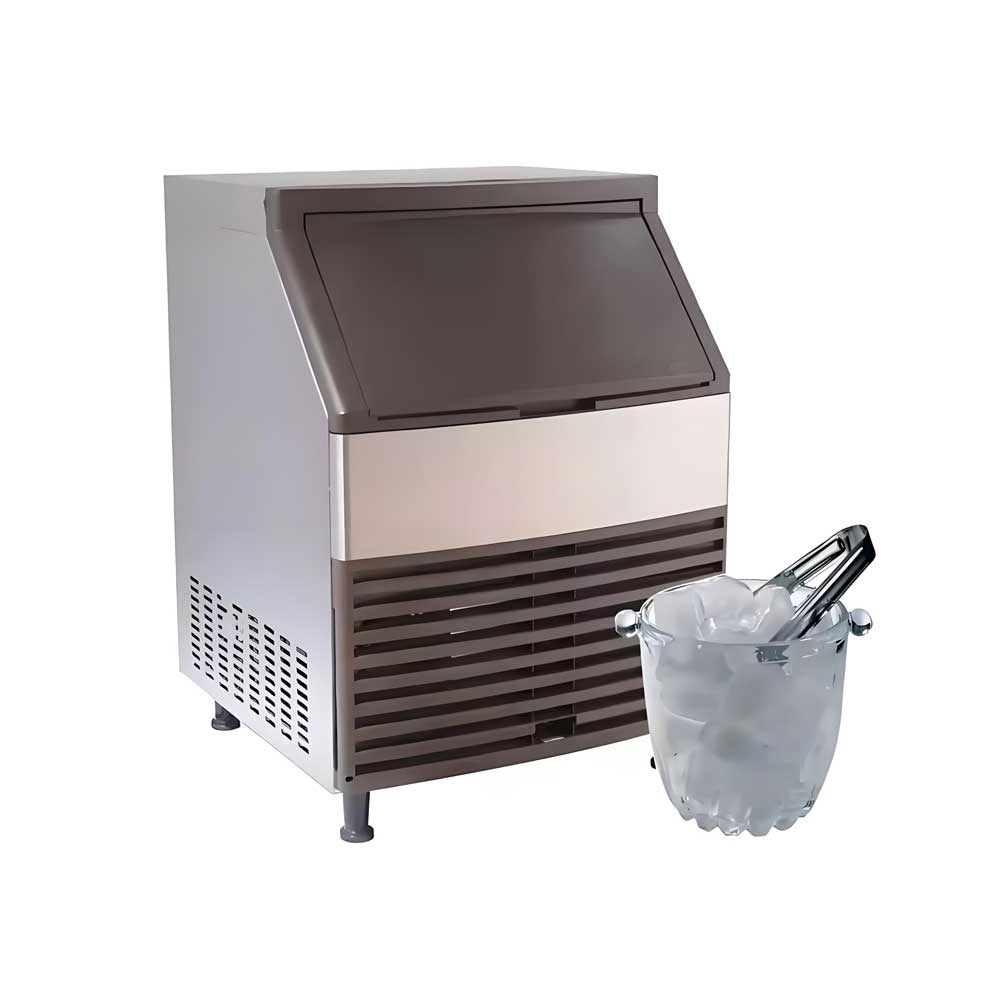
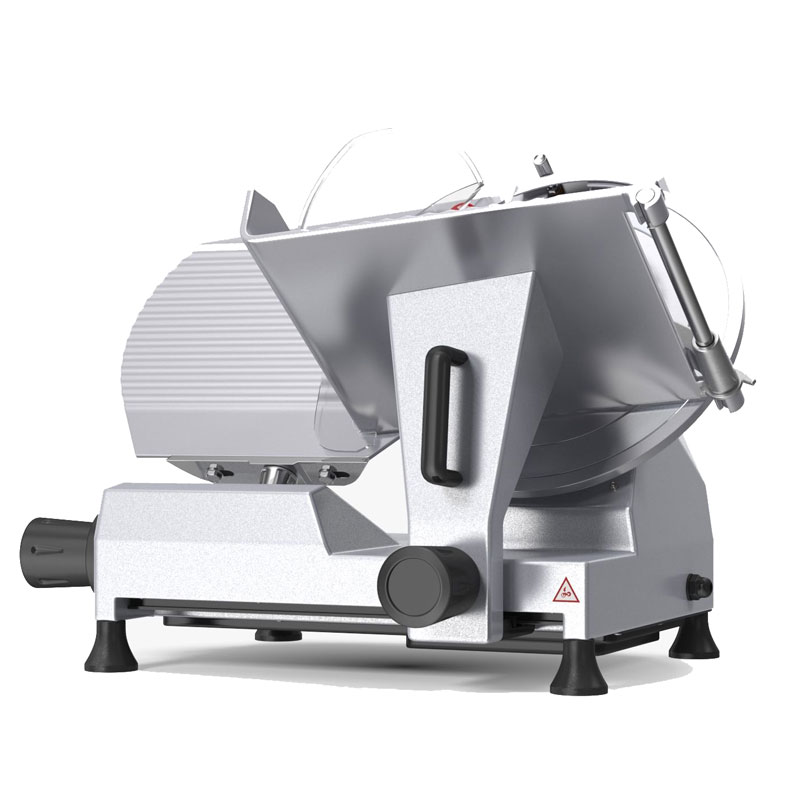 Heavy Duty Meat Slicer Machine
Heavy Duty Meat Slicer Machine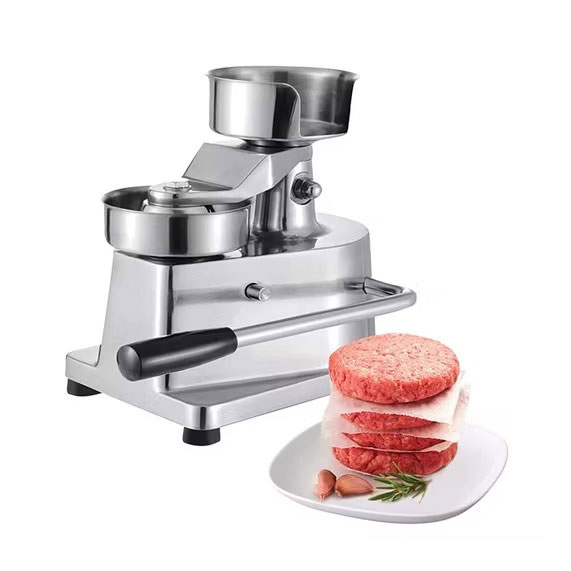 Meat Pie Maker Machine
Meat Pie Maker Machine
Ready to Get Started?